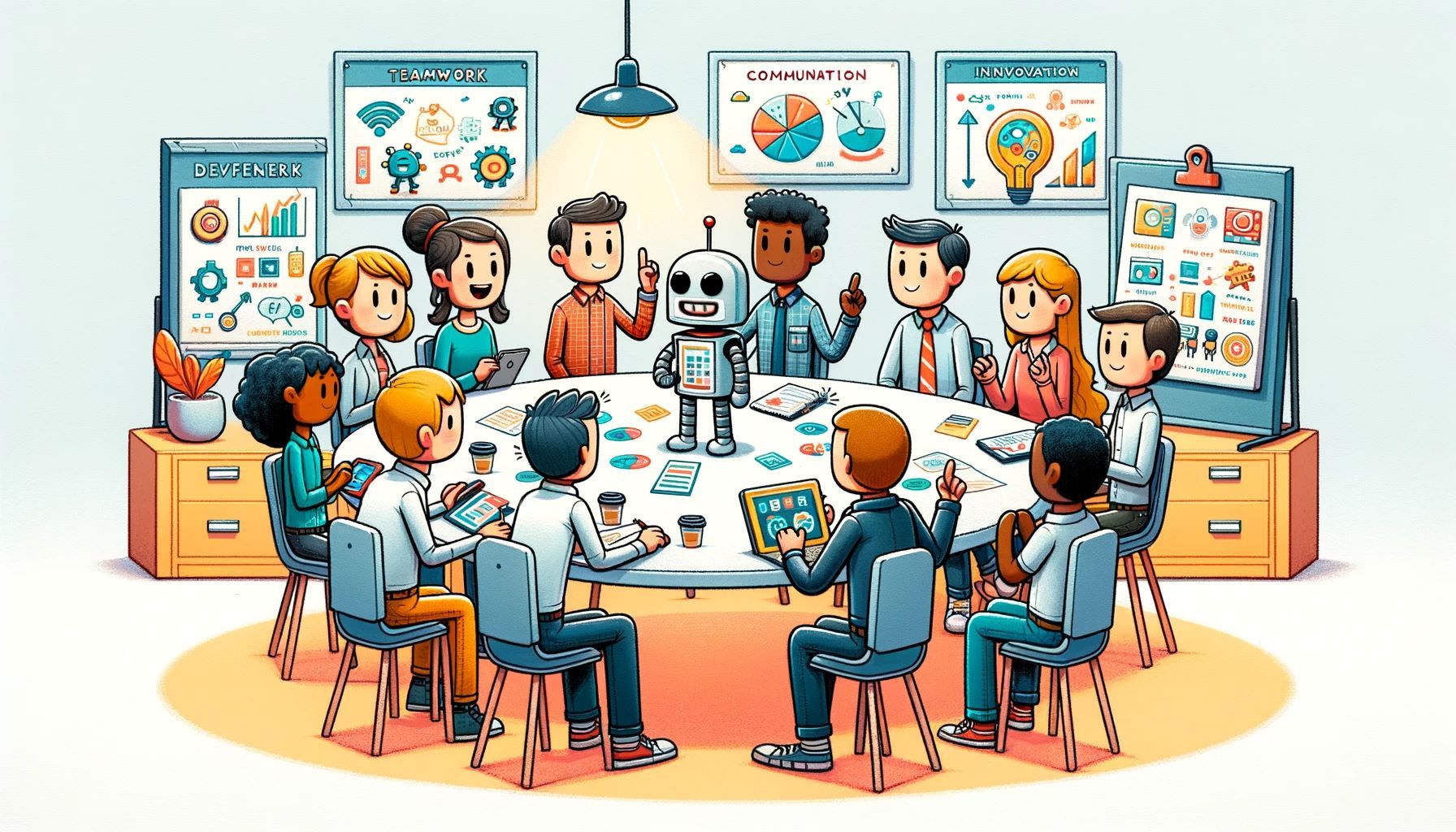Bridging the tech communications gap

In an age where more and more companies are becoming technology companies, the ability to overcome communication challenges is increasingly important. Imagine a scenario where a diverse team, each member with their unique expertise, comes together to tackle a business problem. The potential for innovation is there - but so is the potential for miscommunication and frustration.
The Challenge of Cross-Functional Communication
Design thinking offers a framework for tackling this. It urges us to view problems from multiple perspectives - human desirability, technical feasibility, and business viability. However, the convergence of different backgrounds and competencies in one room often leads to a clash of languages, especially between technologists and those with less technical backgrounds.
One common scenario is a technologist, brimming with expertise, attempting to explain complex technology choices using jargon and intricate details. More often than not, nods of agreement mask a lack of understanding, stemming from a fear of appearing uninformed. This isn't just an issue of technical complexity; it's a fundamental problem of communication.
Advice for technologists
As a technologist, your challenge isn't just about conveying information; it's about adapting your message for your audience. When discussing technology choices, don't shy away from complexity. However, be mindful of the jargon and technical terms that can cloud your message. Put yourself in your listeners' shoes: what background information and knowledge do they possess? Your goal is to create an overlap between your expertise and their understanding, fostering a shared language for effective communication.
Advice for Non-technologists
If you consider yourself 'less techy', take charge of your understanding. Don't settle for explanations that don't make sense. Be proactive in asking questions. A simple 'why' can often unravel a wealth of understandable information. Your curiosity and interest are the keys to bridging the knowledge gap.
Developing T-shaped competencies
Cross-functional teams thrive when individuals possess 'T-shaped' competencies – a broad understanding of various fields coupled with deep expertise in one. If you're new to a cross-functional environment, focus on honing your communication skills as a starting point for developing these competencies. This approach not only enhances your own understanding but also contributes significantly to the team's overall success.
The way forward
Effective communication is the cornerstone of successful cross-functional teams. Whether you are a seasoned technologist or someone just stepping into the tech world, understanding and adapting your communication style is crucial. By developing T-shaped competencies and fostering an environment of open, jargon-free dialogue, we can unlock the full potential of our diverse teams.
What steps will you take to improve your communication in a cross-functional team?
Disclosure statement: I wrote this article, but used GenAI (GPT-4.0) to proofread it with emphasis on improved clarity and structure.
